Top Things to Know Before Buying Flower Beds In Front of Your House
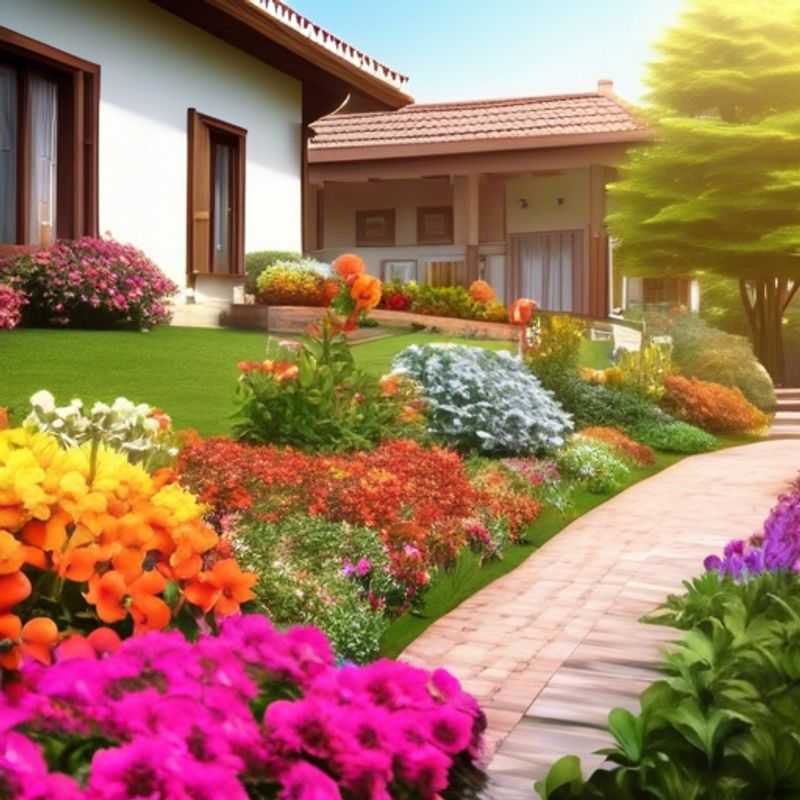
Top Things to Know Before Buying Flower Beds in Front of Your House: A Guide for Budding Gardeners
Ready to transform your front yard with stunning flower beds? Before you get your hands dirty, there are a few essential things to consider to ensure a successful and beautiful outcome.
First, determine the size and shape of the flower bed that will fit your front yard. Take measurements and visualize how the bed will complement your home's architecture and landscaping.
Next, research the types of flowers that thrive in your local climate and soil conditions. Consider factors like sunlight exposure, rainfall, and temperature variations. Consult with a local nursery or gardening expert for recommendations tailored to your specific environment.
Sunlight exposure is another critical factor. Carefully assess how much sunlight your chosen spot receives throughout the day.

Designing Your Dream Flower Bed: Choosing the Perfect Size and Shape
To determine the size and shape of a flower bed that will fit your front yard, start by assessing the space you have available. Consider the existing landscaping, walkways, and the overall style of your home. A good rule of thumb is to make the flower bed a maximum of 1/3 the width of your house.
Next, choose a shape that complements your home's architecture and the existing landscape. Popular shapes include rectangular, circular, and curved. If you have a narrow front yard, consider a long, thin flower bed to add visual interest without overwhelming the space.
Once you've chosen a shape, sketch it out on paper to get a sense of the scale. Remember to account for the width of any walkways or paths surrounding the bed. If you're unsure about the size, start with a smaller bed and expand it later as needed.
Finally, consider the plants you plan to use. Research their mature size and spacing requirements. This will help you determine the overall dimensions of the flower bed. Don't forget to factor in the space you'll need for edging materials, mulch, and irrigation.

Grow a Gorgeous Garden: Choosing Flowers for Your Climate & Soil
Want a beautiful garden but not sure which flowers will thrive in your area? Researching the types of flowers that thrive in your local climate and soil conditions is crucial for success. This ensures your flowers flourish, saving you time, money, and frustration.
Start by considering your climate: Are summers hot and humid, or are winters cold and snowy? This determines which flowers will survive. Then, look at your soil: Is it sandy, clay-like, or a mix? Some flowers prefer acidic soil, while others need alkaline conditions.
Once you know your climate and soil type, you can research which flowers are suitable. Local nurseries or gardening websites are excellent resources. They provide detailed information on specific flower varieties, their growth habits, and ideal conditions. Don't be afraid to ask questions - gardening experts are usually happy to offer advice tailored to your specific needs.
By understanding your local climate and soil conditions, you can select flowers that will thrive and bring a burst of color to your garden. Happy gardening!
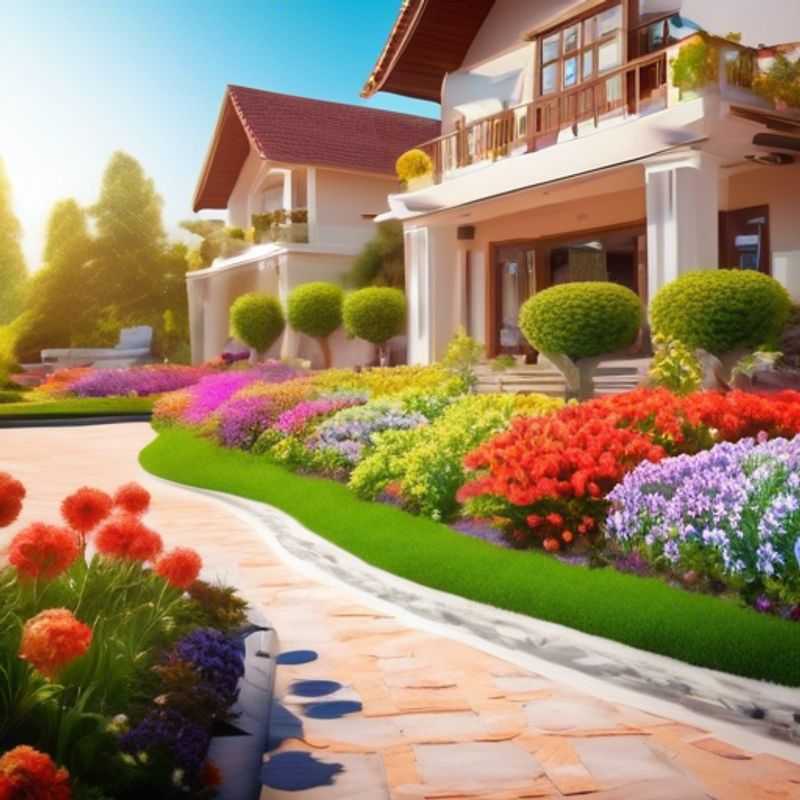
Sunshine Savvy: Choosing Plants for Your Sun-Kissed Flower Bed
Before you start planting, it's crucial to consider how much sunlight your flower bed receives throughout the day. Different flowers have varying sun preferences: some thrive in full sun, while others prefer shade. Understanding these preferences will ensure your flowers flourish and produce vibrant blooms.
You can easily determine the amount of sunlight your flower bed gets by observing it throughout the day. Take note of the time periods when the area is directly exposed to the sun and the times when it’s shaded. This will help you categorize your flower bed as:
- Full Sun: Receives at least six hours of direct sunlight daily.
- Partial Sun: Receives 3-6 hours of direct sunlight daily, often with some shade during the hottest parts of the day.
- Partial Shade: Receives 2-4 hours of direct sunlight daily, with mostly shaded conditions.
- Full Shade: Receives less than two hours of direct sunlight per day, mostly shaded.
Once you know the sunlight exposure your flower bed receives, you can select plants that thrive in those conditions. This will help ensure your garden blooms beautifully throughout the season!
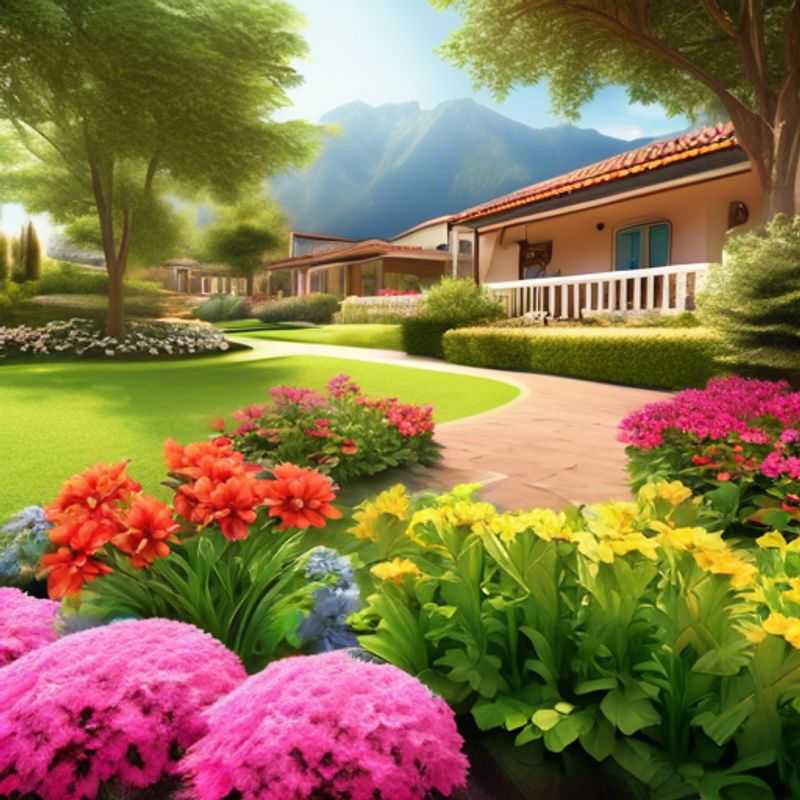
Plan for Proper Drainage: Keep Your Plants Happy and Healthy
Proper drainage is crucial for healthy plant growth. Waterlogging, or soil becoming saturated with water, can suffocate roots and lead to plant diseases. To avoid this, consider these tips:
Assess your soil: If your soil is dense clay, it might not drain well. Adding organic matter like compost can improve drainage.
Choose the right plants: Some plants, like water lilies, thrive in wet conditions. Others, like cacti, prefer dry soil. Research the water needs of the plants you're growing.
Create raised beds: This elevates the soil, improving drainage. You can use wood, stone, or other materials for construction.
Install drainage systems: For larger areas, you might need a more extensive drainage system, which may involve professional installation and costs. This could include:
- French drains: These are trenches filled with gravel that direct water away from the planting area.
- Drainage pipes: These can be installed to direct water to a specific area.
- Sump pumps: These can remove excess water from low-lying areas.
Remember, proper drainage is an ongoing process. Regularly inspect your drainage systems and make adjustments as needed. Consult with a landscape professional if you have concerns or are planning a large-scale project.
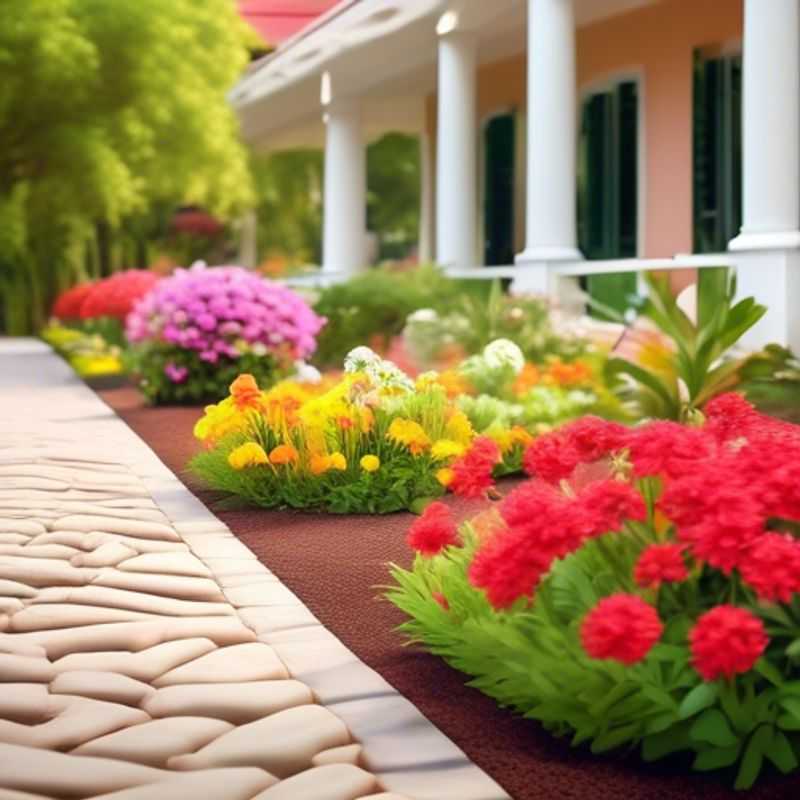
Flower Bed Design: Choosing a Style that Complements Your Home
Choosing the right flower bed design can greatly enhance your home's curb appeal and overall aesthetic. Here's a simple guide to help you make the best choice:
Consider your home's architectural style: A traditional home might look best with a formal flower bed design, while a modern home might benefit from a more contemporary and minimalist approach.
Analyze your existing landscaping: Do you have existing trees, shrubs, or pathways that need to be incorporated into your design? Consider how the flower bed will complement or contrast with these elements.
Factor in your personal preferences: What colors and textures do you enjoy? What types of flowers are you interested in growing? Consider creating a flower bed that reflects your personal style and preferences.
Think about maintenance: Choose a design that is manageable for you. Consider the amount of time you're willing to dedicate to watering, weeding, and pruning.
Don't forget the functionality: Can you incorporate the flower bed into your walkways or create a seating area near it? Consider how the design can enhance the functionality of your outdoor space.
Consult with a professional: If you're unsure about the best design for your home, consider hiring a landscape architect or designer. They can provide expert advice and create a custom plan that meets your needs and preferences.
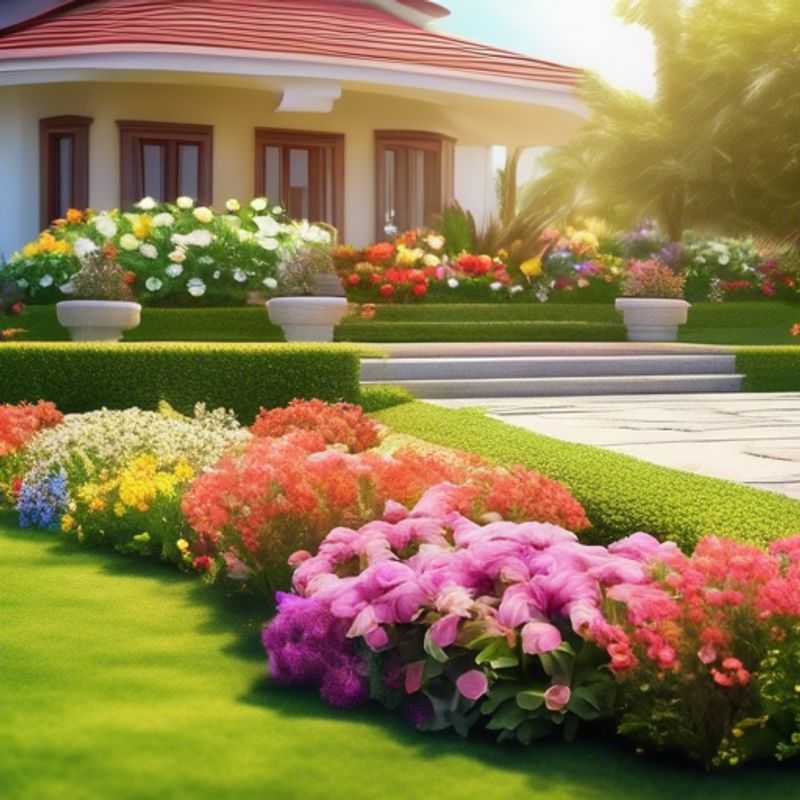
Nourishing Your Garden: Boosting Soil Health with Organic Matter
Adding organic matter to your soil is a game-changer for plant health. Organic matter, like compost, manure, or shredded leaves, acts like a superfood for your soil, boosting its nutrient content and improving its texture.
Here's how it works: Organic matter breaks down, releasing essential nutrients like nitrogen, phosphorus, and potassium, which plants need to thrive. It also improves soil structure, making it looser and more aerated, allowing roots to grow deeper and access water more easily. This also improves drainage, preventing waterlogging.
Think of it like this: Organic matter is the secret ingredient that makes your soil a healthy and happy home for your plants. It's a natural way to improve soil fertility, increase water retention, and create a more sustainable garden.
To add organic matter, incorporate it into the top 6-8 inches of soil before planting. You can also use a topdressing layer of organic matter to keep your soil healthy throughout the growing season.
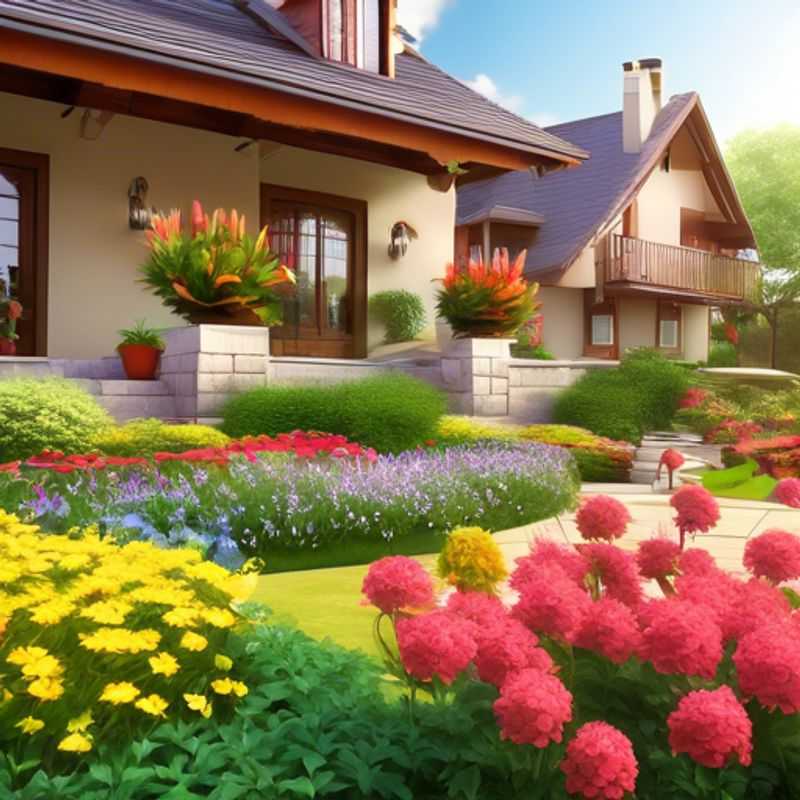
Budgeting for Your Flower Bed: Setup & Maintenance Costs
Creating a beautiful flower bed involves an initial setup cost and ongoing maintenance expenses. You’ll need to factor in the cost of materials, plants, soil, and tools for initial setup.
Here are some costs you can expect to pay when building your flower bed:
Initial Setup Costs:
* **Materials:** This includes things like edging materials, landscaping fabric, mulch, and gravel.
* **Plants:** Choose your flowers carefully. Research their specific needs and cost.
* **Soil:** You'll need to buy high-quality soil suited for your chosen plants.
* **Tools:** Consider the essential tools such as a spade, trowel, rake, and hand cultivator.
Ongoing Maintenance Costs:
* **Watering:** Irrigation systems can help save water and time, but they also involve setup costs.
* **Fertilizer:** Regular fertilization keeps your flowers blooming.
* **Pest Control:** Invest in environmentally friendly pest control products or hire a professional for larger infestations.
* **Weed Control:** Mulch helps prevent weed growth. You may need to purchase additional mulch over time.
* **Pruning:** Regular pruning keeps your plants healthy and blooming.
* **Plant Replacements:** As plants mature or succumb to pests, you'll need to replace them.
Remember to factor in labor costs if you plan on hiring a professional for any of these tasks.
